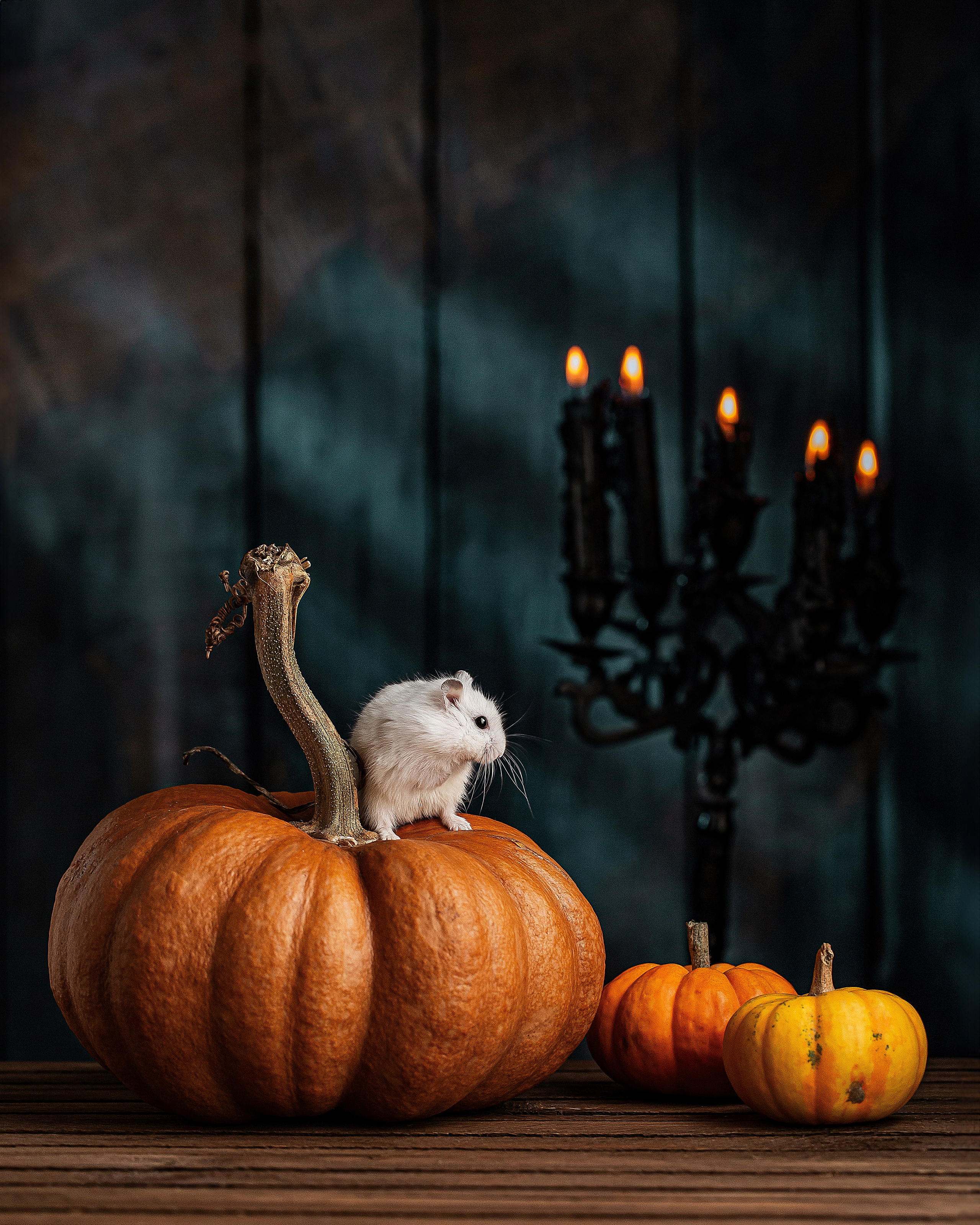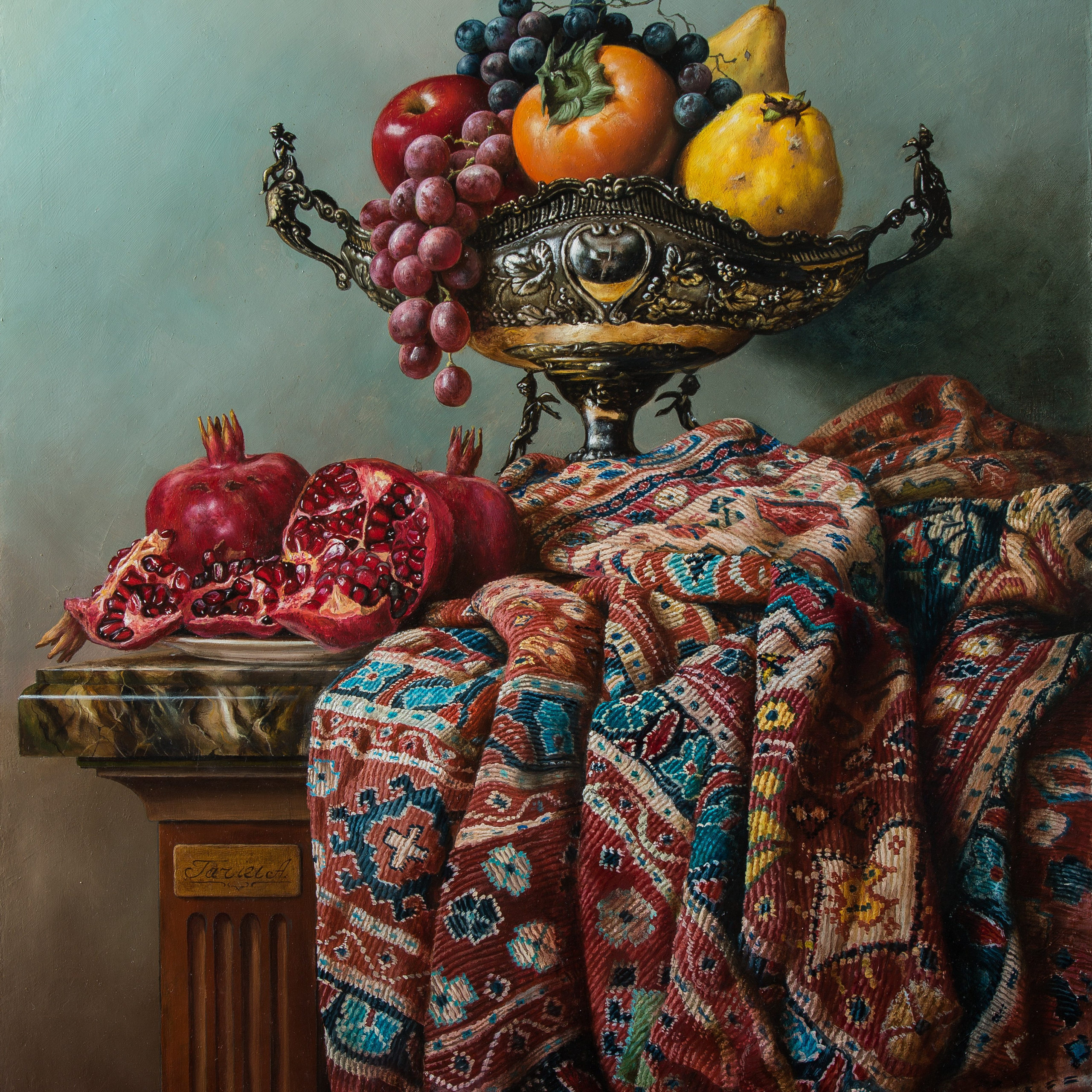


Earliest Traces: The Ancient World
The earliest examples of still life can be found in the wall paintings of ancient Egypt and Rome. The Greeks and Romans decorated their homes and temples with images of bread, fruit, fish, and other food items. These carried both aesthetic appeal and religious symbolism.
Religious Symbolism in the Middle Ages
During the Middle Ages, still life elements often appeared in religious artworks as background details. For example, decaying fruit or wilted flowers on a table symbolized the transience of life (Vanitas). At that time, still life was not yet recognized as an independent genre.
The Golden Age: 17th-Century Netherlands
Still life emerged as a distinct genre in the early 1600s, particularly in the Netherlands and Flanders. Artists began to focus on simple, everyday objects and painted them with great skill.
Popular subjects included:
- Banquet still lifes
- Vanitas (symbolic of life’s transience)
- Flower arrangements
- Hunting and weapon scenes
These works often served both aesthetic and social purposes, reflecting wealth and status. Artists became known for their attention to detail and realistic light and shadow play.
19th Century: New Perspectives
After the Renaissance and Baroque periods, still life attracted the interest of Impressionist and Post-Impressionist painters.
Artists like Vincent van Gogh, Paul Cézanne, and Henri Matisse approached still life in more expressive and free ways—highlighting form and color over realism.
Still Life in Photography
With the invention of photography, still life gained new life. Early photographs mimicked classical paintings, but over time, photographers developed more creative compositions.
Today, still life photography includes minimalist, surreal, and conceptual approaches. It serves both artistic and commercial purposes—used in advertising, catalogues, and social media.
Conclusion
Throughout history, the still life genre has evolved and enriched itself, surviving across centuries. Its beauty lies in revealing meaning and elegance through simple objects. If we look closely, even the quietest scene hides a story.
Blog

The Secret of Colors: What is the Itten Circle and Why is it Important in Photography?

The Aesthetics of Power: Secrets to Professional Athlete Portrait Photography

Christmas & Winter-Themed Product Photography

Visual Anatomy — #7: Rusel Caviar (Premium Caviar Product Photography)

Art Reproduction Photography

The Anatomy of the Visual — #6: Jungar Hamster and Pumpkins — A Living Still Life

Disposable Food Packaging Photography

Eyewear Photography

Glass Product Photography







